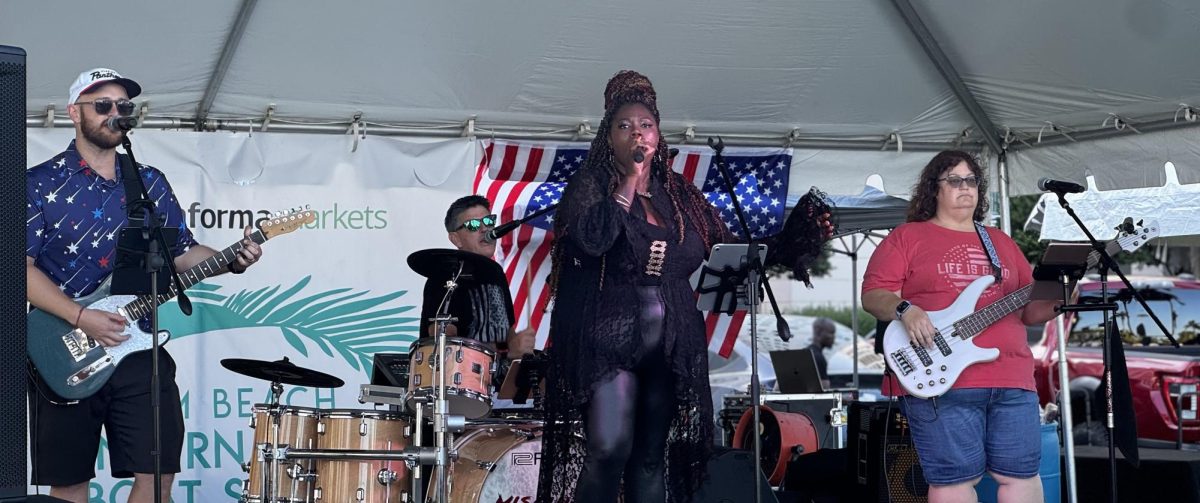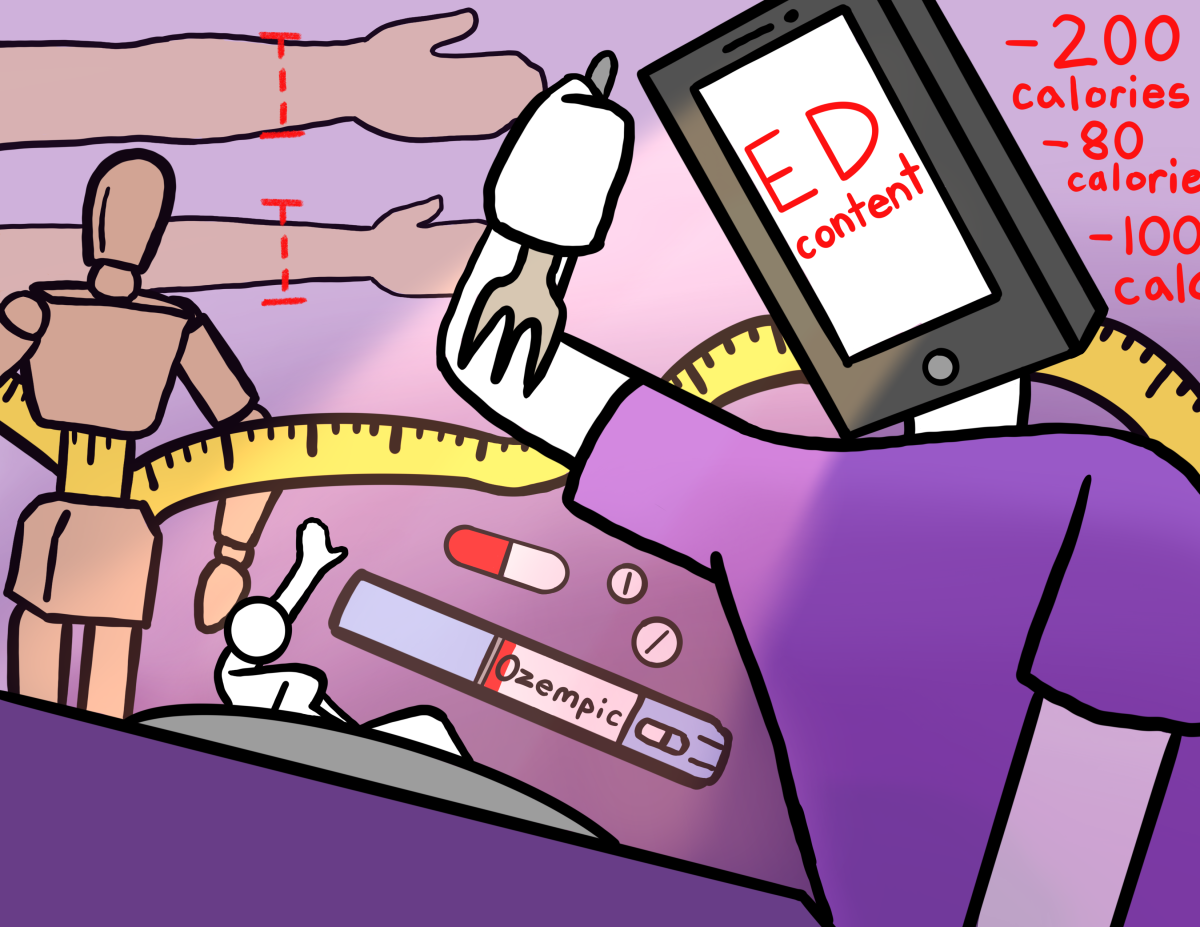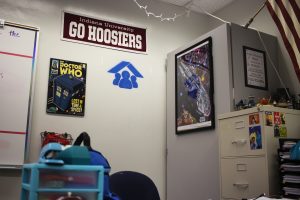
Darkened classrooms filled with mournful silence, students huddled in specific corners reliving raw trauma and a daunting suffocation, as participants reflect upon the tragedies that have led them to this seemingly endless moment time and time again. This is what a code red drill looks like, and it is only a glimpse–a mere reenactment–of the horrors the students and staff at Marjory Stoneman Douglas High School know all too well.
At MSD, such drills are of monthly practice– a routine reminder of what went wrong–as the campus rehearses the protocol of what to do in the case of a shooting, or another shooting, in the case of MSD.
The strategy is simple: in the instance of an active shooter, a “code red” is to be initiated. Teachers are to stop teaching at once, ensure their doors are locked, block the “line of sight” of their classroom windows with a magnetic strip, shut off the lights, and direct their students to a designated “hard corner.” Students in the hallways, on the other hand, have only a few moments to seek shelter, for once doors are locked, they are not to be reopened.
Like any essential curriculum, this practice has been reinforced in the minds of both MSD students, as well students of all ages across the state of Florida, since former Gov. Rick Scott’s signature on the Marjory Stoneman Douglas Public Safety Act, which was formulated only days after the shooting on Feb. 14, 2018 and mandated that code red drills be practiced as often as all other drills.
Although the procedure, alongside terms such as “hard corner” and “line of sight,” are now key characteristics of the public education experience, they were born from the undeniable unpreparedness that is speculated to have costed the lives of many on Feb.14, for MSD had never carried out a formal code red drill prior to the shooting.
The Marjory Stoneman Douglas High School Public Safety Commission was formed as a part of the aforementioned Public Safety Act. In an investigation of all the shortcomings that contributed to the casualties on Feb.14, the lack of code red training and physical hard corners were identified as key causes of students getting shot.
According to the report, the shooter “only shot people within his line of sight, and he never entered any classroom. Some students were shot and killed in classrooms with obstructed and inaccessible hard corners as they remained in [the shooter’s] line of sight from outside the classroom.”
In a careful survey of the 1200 building, where the shooting took place, it was found that only two out of 30 classrooms had “defined hard corners,” meaning that teachers had taken a personal initiative to create identifiable safe spaces in the case of a shooting.
The commission report also found, however, that “the two classrooms with identified hard corners were obstructed with unmovable objects that prevented the denoted hard corners from being effective” and that “there were also multiple classrooms with obstructions in the hard corners, such as student and teacher desks, bookshelves and audio/video equipment.”
For those reasons, it was found that some students were squeezed out of the safer spaces. The vulnerability of their location, therefore, made them primary targets for the shooter’s bullets.
Such shortcomings validate the emphasis on hard corner implementation and code red drills–for they are simple, low-cost, preventative measures that have been proven effective in certain cases.
“[Hard corners] are the reason why my class was safe during the shooting. We knew where to go,” junior Sarah Soares said. “Some of the classes… were harder to hide and there was no safety aid kit. The kids who were then shot, bled a lot and couldn’t have really been helped.”
Since the shooting, hard corners have been designated in classrooms all across Broward County with bright blue icons painted on the walls. At MSD, they are accompanied by bleeding control kits.
“Since the shooting at Douglas, we have practiced them [code red drills]… Each class room has a hard corner that is marked off,” Shriya Patel, senior at Deerfield Beach High School, said. “I don’t think you can ever know how you will act in a situation like that, but as of now I feel that is something were to occur, I definitely have all the knowledge I would need to stay safe.”
Despite the supposed potency of hard corners, many MSD teachers assert that, based upon their firsthand experiences, hard corners and code red drills are not enough.
“I don’t think hard corners are effective,” history of the holocaust teacher Ivy Schamis, who lost two students during the shooting, said. “If the students were all in what the school deemed as the ‘hard corner’ they wouldn’t have been safe… It was paper thin drywall. Had he shot the wall, we would have easily been killed or maimed.”
When evaluating school safety measures, the construction of buildings serve as an imperative, yet often overlooked factor. The interior of building 12– and many newer buildings in the state of Florida–is composed of drywall, as opposed to concrete. From a logistical standpoint, the safety ensued by the hard corners was mainly psychological, for the shooter could have easily shot from any point.
“The kids were killed in my classroom by a big glass, non-bullet proof window in the door,” Schamis said. “While I was crouching on the floor with my students, shaking from bullets flying through the classroom, I was watching. I was waiting for a hand to come in and unlock… he could have easily come in. Thank god he didn’t. So locking the door and hiding in the corner, maybe it saved us, but I’ll never know… but the first thing I would have done [after the shooting] is make all the windows bulletproof. But what do they do? They put us in classrooms with wider and longer windows. It’s stupid.”
It is of common design for classrooms to be constructed with metal doors containing long glass panels. Ever since these designs proved to be hazardous on Feb.14, there has been a widespread push for bullet-proof windows in classrooms. Yet, in light of all these protective measures the danger of ambush still remains.
Class size has proven to be yet another obstacle. Many public schools across the county, including MSD, are staggeringly overpopulated. In this regard, hard corners are only effective for the fastest students.
“It’s great to say that I have a space for 25 kids. But if you have 42 kids in your room, you have children that are not going to fit in that space. So then how safe does that space actually become?” statistics teacher Kimberly Krawczyk said. “I think the numbers become lower for casualties and injuries if there had been room to get everyone in properly into their corners and out of sight.”
Now, as the 1200 building looms over the MSD campus, chained and fenced away as a crime scene for an impending trial, the teachers of the 1200 building have been moved to portables. They are taunted by a particular bitter irony: their new classrooms are surrounded by windows–with no hard corners.
“For me, there’s no hard corners… Everyone’s situation is different. If they have a place to go, like a closet, that’s fine. I did not in the 1200 building and do not have one [now],” Schamis said. “When there is a code red drill we go under the tables… I brought an SRO [school resource officer] in my room to show me [what to do]… he said ‘good luck’.”
While the inherent flaws of these protective measures are by no means a reason to prevent their implementation, they embody the very same fears manifested in the minds of MSD students and staff as they are tormented monthly through code red drills and told by outside sources that this is what will stop the next school shooting.
“School safety is layers and layers of protection. [Hard corners] is one of the policies the district is working on,” Lori Alhadeff, mother of MSD victim Alyssa Alhadeff and recently elected Broward County School Board member, said. “People can’t just be focused on these corners and think ‘oh if I go to that space then I’m safe.’ It doesn’t work that way, unfortunately.”
The strong emphasis on code red drills and hard corners has been partly due to their cogency, but also due to their feasibility. Such reforms, alongside changes in policy, procedure, and even job-titles, require little funding and are therefore embraced more readily. However, their comparatively greater emphasis seen in schools does not make them the only, or even best, solution to the school shooting epidemic.
“Knowing that [hard corners] isn’t the end all answer, we need teachers receiving situational training,” Alhadeff said. “Teachers should be able to instruct the students based on the situation. Maybe they need to evacuate, maybe they need to find shelter, maybe they need to fight for their life.”
On Feb. 20, 2019, Broward County Public School Board formally adopted policies requiring hard corners throughout the district. Principals are to work with their school resource officers and/or outside safety experts to decide where each classroom’s hard corner will be located, as requested by the district’s new chief of safety.
If one thing is clear, it is that mass shootings are indeed preventable, but there is no wholesome protective approach. Through the example of MSD, America saw how a lack of preparedness could lead to the loss of innocent life. Through personal trauma, however, the MSD, Parkland and Coral Springs community saw how safety is often an illusion within itself. A year has passed, but that realization is all the same.
In the meantime, schools across America will pause their explorations of English, history, and science and prepare for the next mass shooting. At MSD, an audio recording will be played, instructing students to focus on their breathing, reminding them that this time it is only just a drill. When it is all over, the lights will be switched back on and they will be informed that the school therapists and counselors are waiting for them if need be, as they all stand ready for what society has accepted as the inevitable.
Additional reporting by Elama Ali and Nadia Murillo
This story was originally published in the April 2019 Eagle Eye print edition.

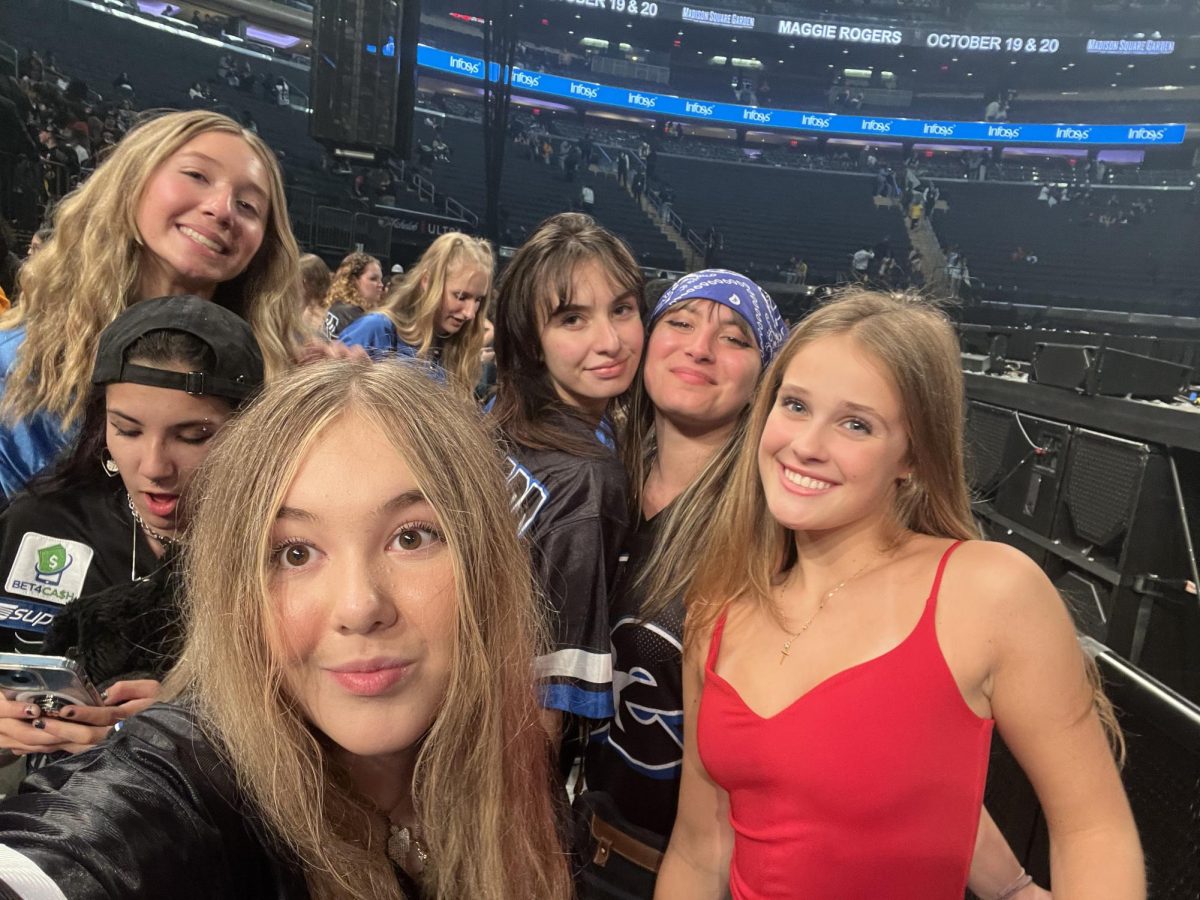
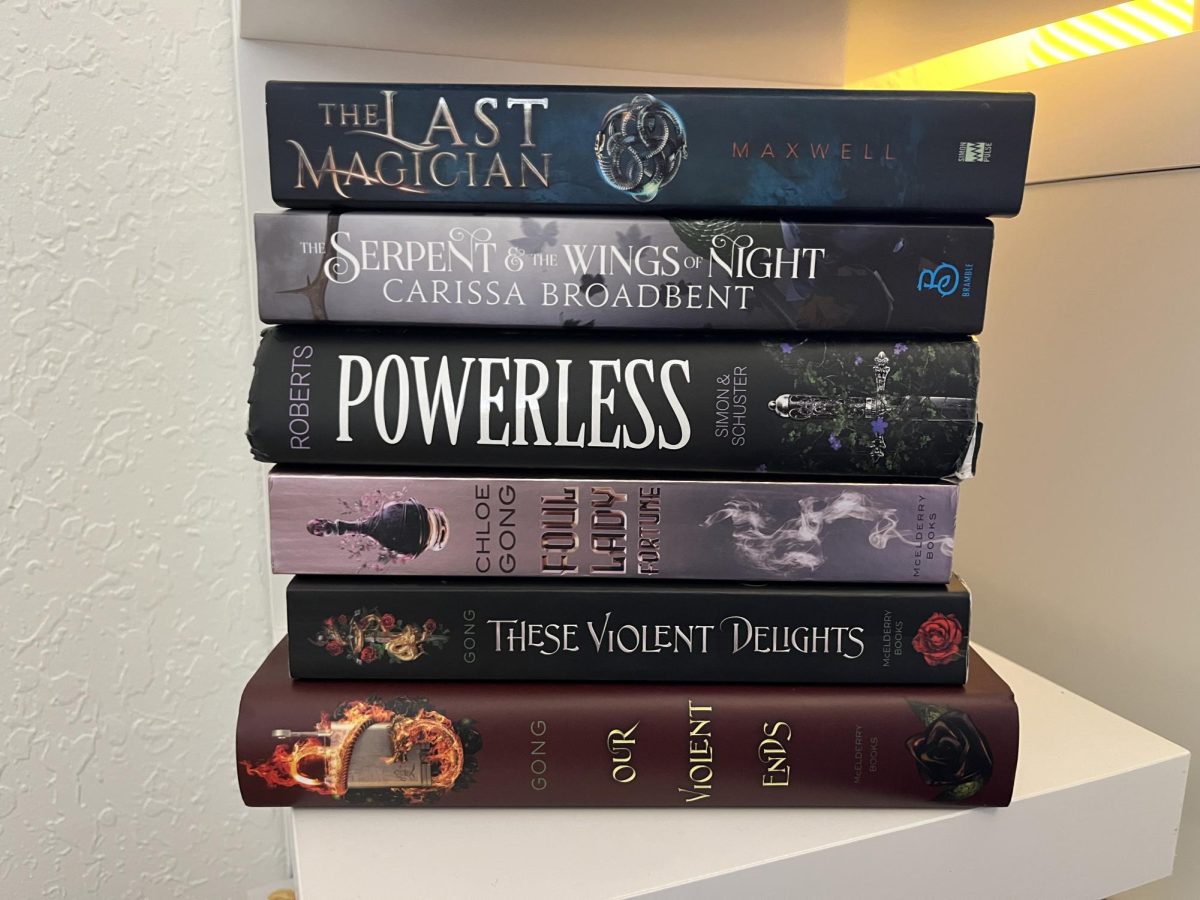
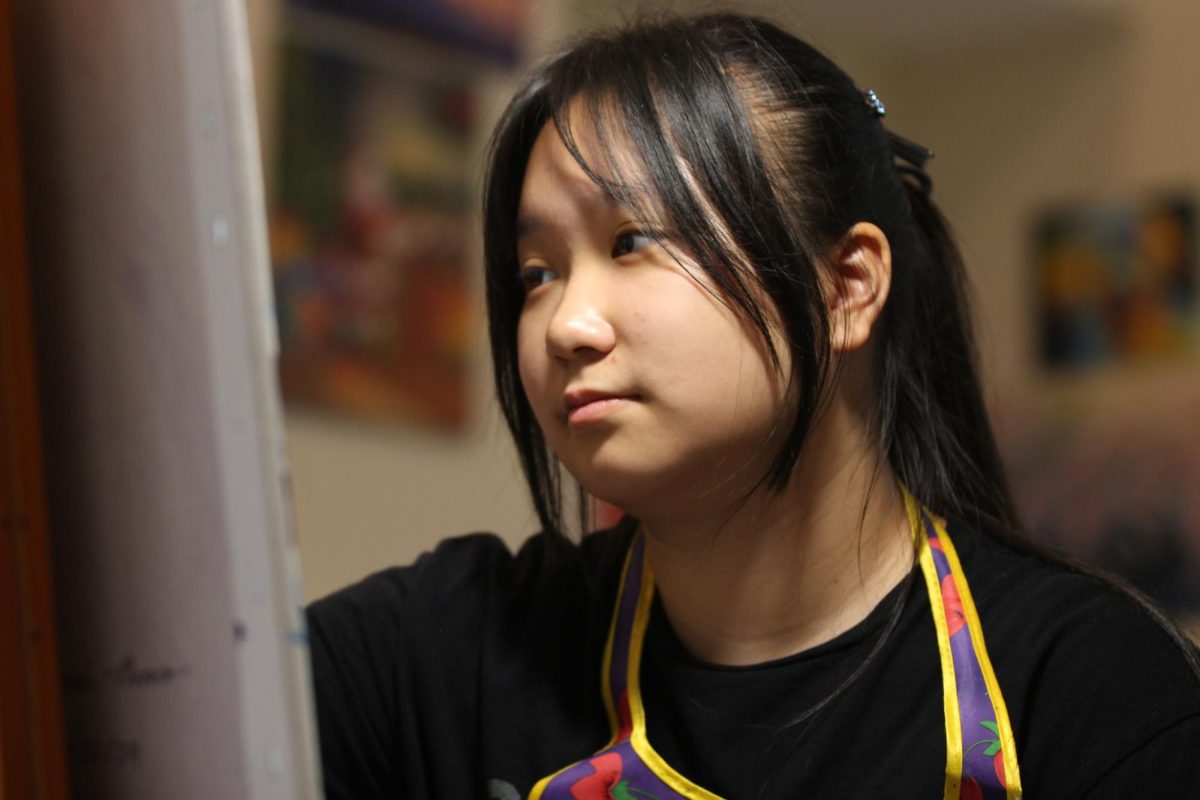
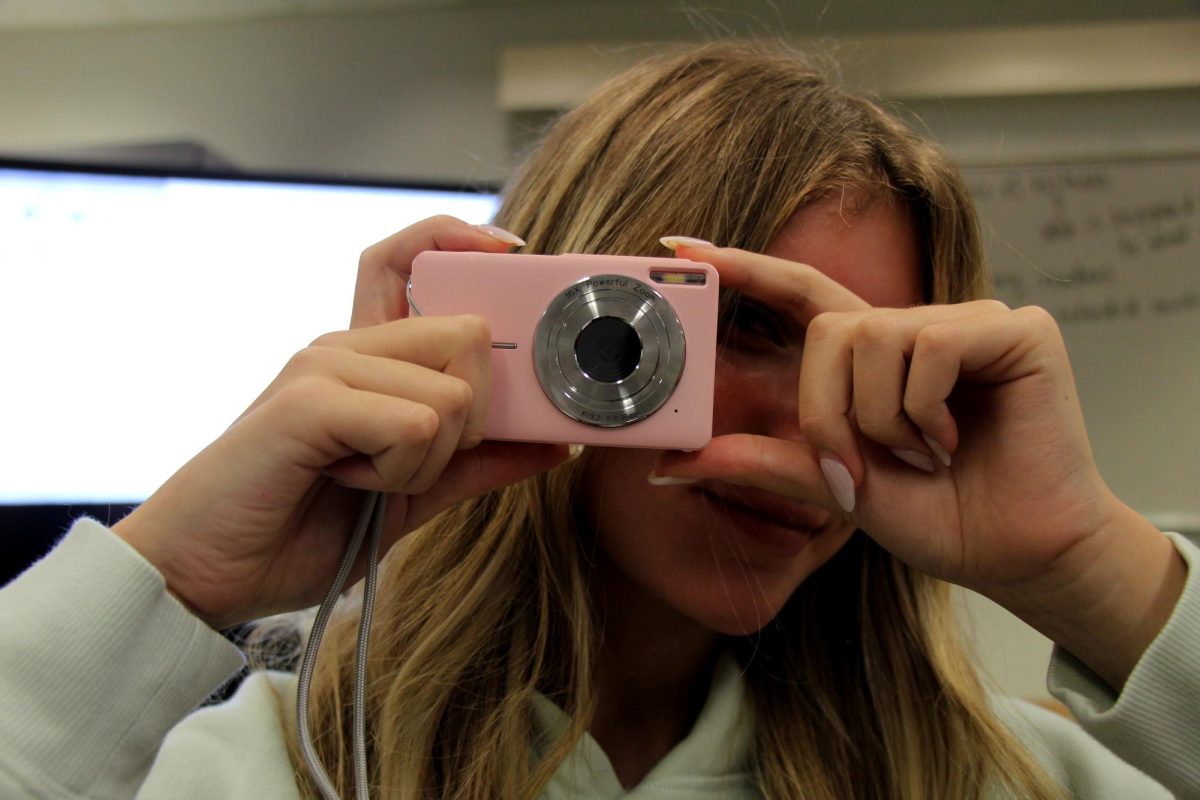
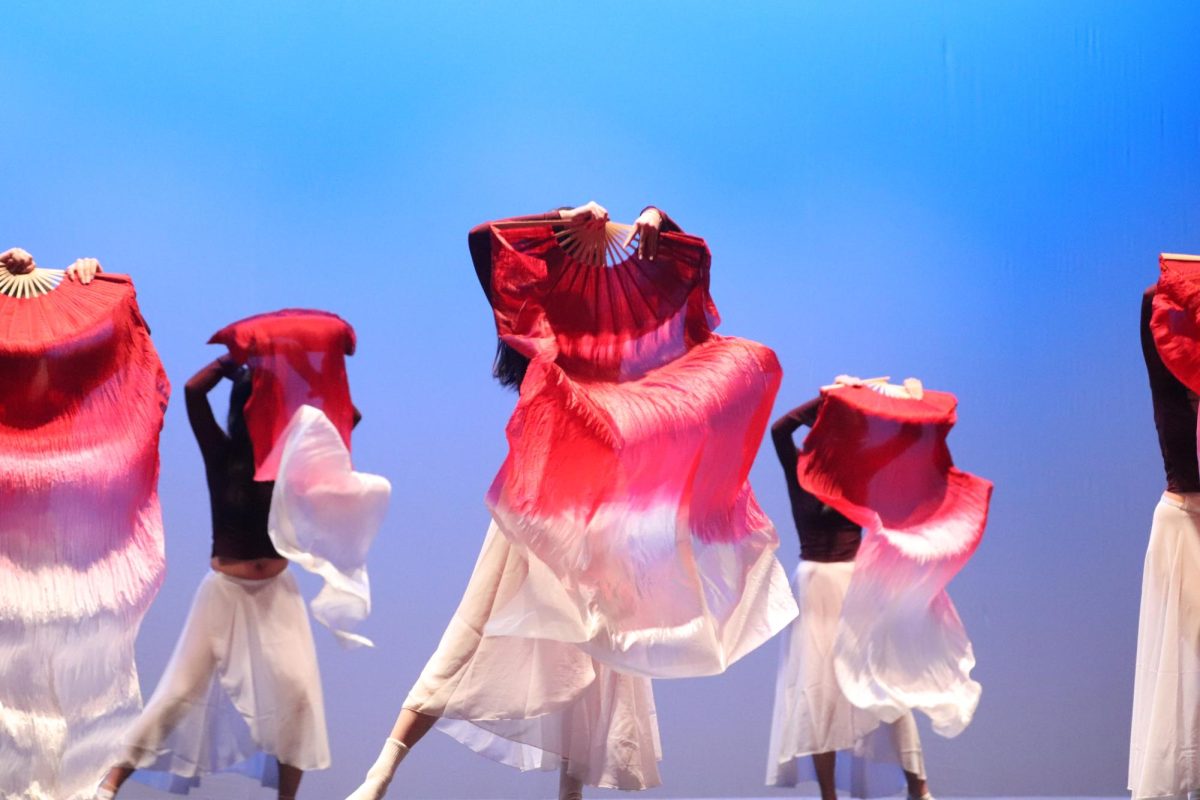
![National Honor Society Sponsor Lauren Saccomanno watches guest speaker Albert Price speak to NHS members. National Honor Society held their monthly meeting with Price on Monday, Nov. 4. "[Volunteering] varies on the years and the month, but we have started a couple new things; one of our officers Grace started a soccer program," Saccomanno said. "We have been able to continue older programs, too, like tutoring at Riverglades. NHS's goal is to have as many service projects as possible."](https://eagleeye.news/wp-content/uploads/2024/11/xNOeKNVwu7aErpVyJHrHogagZUUcLLosjtbIat94-1200x900.jpg)

![Ice Ice Baby. Skating to "Waltz" and "Romance" during her long program, figure skater Ava Zubik competes at the Cranberry Open in Massachusetts on Aug. 12, 2022. She scored a total of 86.90 on her short and free skate program, earning fifth place overall. "I try to make it [competing] as fun and enjoyable as I can because it's my senior year, and so I want to really enjoy competitive figure skating while it lasts," Zubik said.](https://eagleeye.news/wp-content/uploads/2024/11/skater1-799x1200.jpg)
